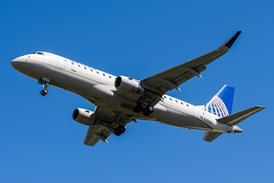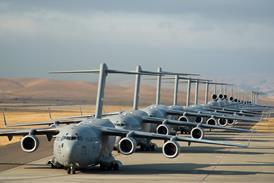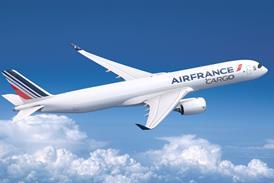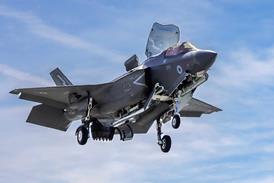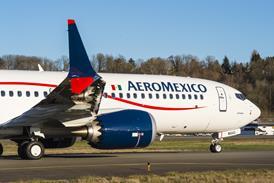Tokyo cites H-6 bombers, J-20 fighters and carrier operations as part of an ‘unprecedented strategic challenge’ as Chinese military activity intensifies across the region.
“China is steadily advancing capabilities not only for homeland air defence, but also for extended-range combat and support of ground and maritime forces,” says the Japan Ministry of Defence (JMOD) in its 2025 Defence of Japan white paper.
“[People’s Liberation Army Air Force] aircraft are increasingly active not only across the First Island Chain but extending into the Second Island Chain.”
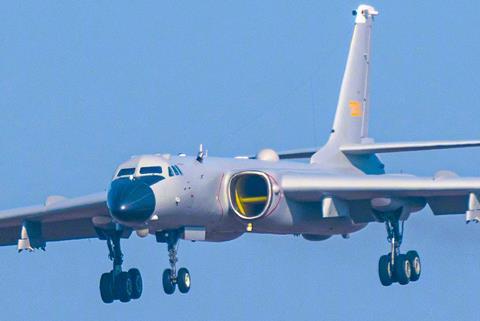
The First Island Chain extends from Japan through Taiwan and the Philippines, while the Second Island Chain is further east, running through the US territory of Guam and Palau.
The white paper lists a range of PLAAF types, citing the Xian H-6K bomber as a major threat armed with six CJ-20 cruise missiles. The weapon has an estimated range of over 800nm (1,500km) and is believed to carry both conventional and nuclear warheads.
The more recent H-6N goes a step further, with its range extended through air-to-air refuelling.
The white paper acknowledges reports that China is developing a long-range stealth bomber, the H-20, as well as air-launched ballistic missiles that can carry a nuclear warhead.
China also continues to field the Chengdu J-20 stealth fighter, as it keeps mass producing fourth-generation fighter types, such as the Chengdu J-10 and Shenyang J-16.
It lists the Shenyang J-35 as the possible successor to the J-15, observing that it will serve aboard China’s new aircraft carrier, CNS Fujian, which is undergoing sea trials. Equipped with an electromagnetic launch system, Fujian is larger and more capable than China’s existing carriers, CNS Liaoning and Shandong.
Both of China’s early carriers have also been active. The white paper observes that as of May 2025 Liaoning operated in the Pacific Ocean 11 times, and Shandong eight. In the past year, Chinese carrier-based aircraft have conducted 1,200 take-offs and landings in the Pacific.
In terms of numbers, the white paper lists China has having 1,668 fourth- and fifth-generation fighters, while Japan has just 330.
Moreover, the white paper notes a sharp increase in Chinese air intrusions against both Japan and neighbouring Taiwan. Tokyo sees this as an effort by Beijing to normalise its military presence and test the regional response.
“China’s military posture is a serious concern for Japan and the international community – and represents an unprecedented strategic challenge,” says the report.


